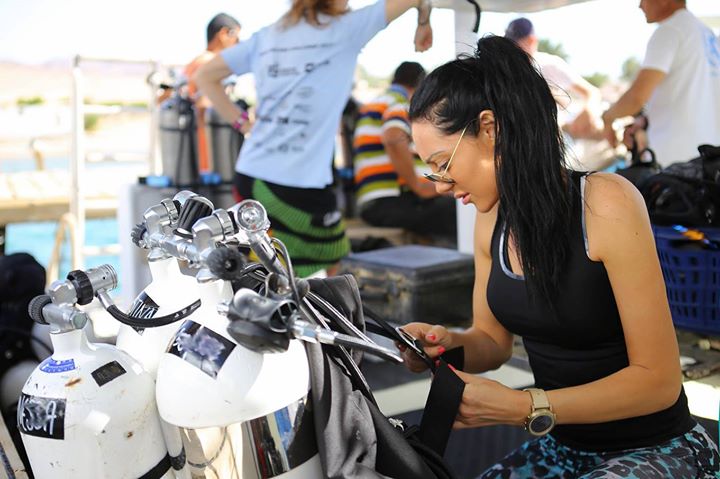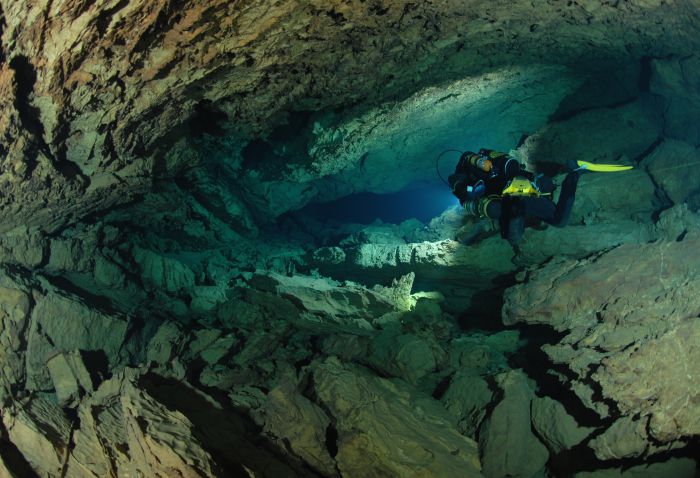
We have seen in a previous article (see “Increasing safety with mixtures: nitrox”) the advantages of diving with a super-oxygenated mixture. We also described the limits because it does not allow to go very deep (ppO2 too high). So we will try to make you understand the advantages of the trimix and somewhat its mode of operation without however going completely into the details. What is trimix? It is a gas mixture consisting of three molecules instead of two usually.
Underwater diving of helium is carried out in addition to oxygen and nitrogen in the bottles, which reduces the percentages and thus the partial pressures of O2 and N2. Since helium has the advantage of being fairly neutral for the organism relative to nitrogen, it can be clear beyond 30m depth (beginning of the so-called narcotic zone). Do not get intoxicated from the depths is essential and allows you to be fully aware of what you are doing, to verify your diving parameters (time, depth and consumption) and to increase your safety; This allows you to remember your dive and really enjoy it. Helium has this advantage because it is much lighter than N2. In return for its elimination to be done well it will have to go up more slowly than with a binary mixture (air or nitrox) because it also leaves very quickly the tissues to return in the blood and therefore the great quantity that will be in the organism will need A little more time to evacuate.
The recommended ascent rate is of the order of 9 meters per minute against an average of 16 meters per minute in recreational diving. To facilitate helium removal, several nitrox bottles are used to allow oxygen to flush helium faster in the bearings and to maintain the highest possible ppO2 without exceeding 1.6 bar. In diving trimix it is unthinkable to consider not to make its bearings; We have a virtual ceiling above ourselves. Everything is therefore implemented to avoid having to shunter its levels and the “what-if” must allow this anticipation. For example, bottles are prepared to compensate for the loss of one of the blocks during the dive in the event of a technical breakdown.
Diving beyond 70 to 80 meters requires additional intermediate cylinders called “travels” because the surface pp02 of these hypoxic gases (less than or equal to 16% oxygen) is not breathable until Surface and especially the ppO2 would fall too low (below 1 bar) to have a good decompression. The trimix is therefore really part of the technical diving and requires quite a lot of material and preparation (diving planning, identification of the equipment and management of it, etc.). At very high depths, 200m deep and beyond (extreme dives), helium is no longer so neutral and leads to neurological manifestations known as SNHP (High Deep Nerve Syndrome).
As you will understand, deep diving is not improvised. We recommend you once again because for us the safety premium, to follow a good training in order to enjoy your subaquatic trips.
The Click-Dive team, a dedicated diving reservation site, wishes you a wonderful dive.
Brice MASI








